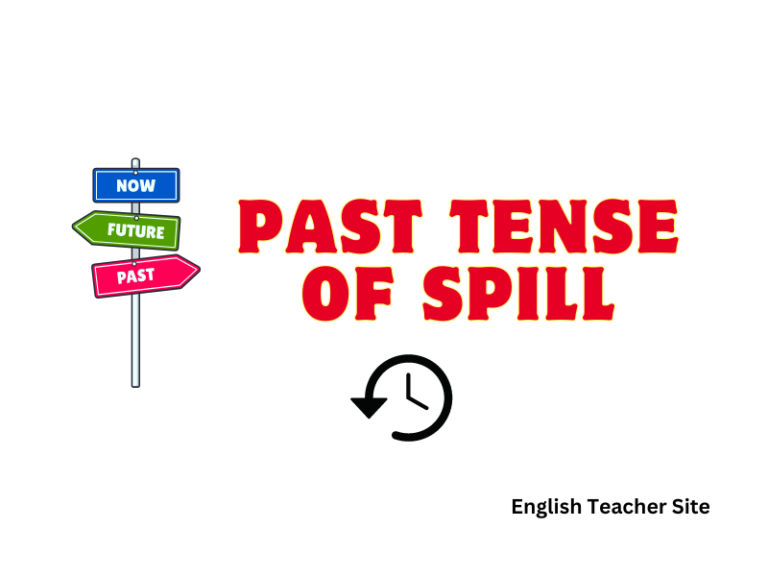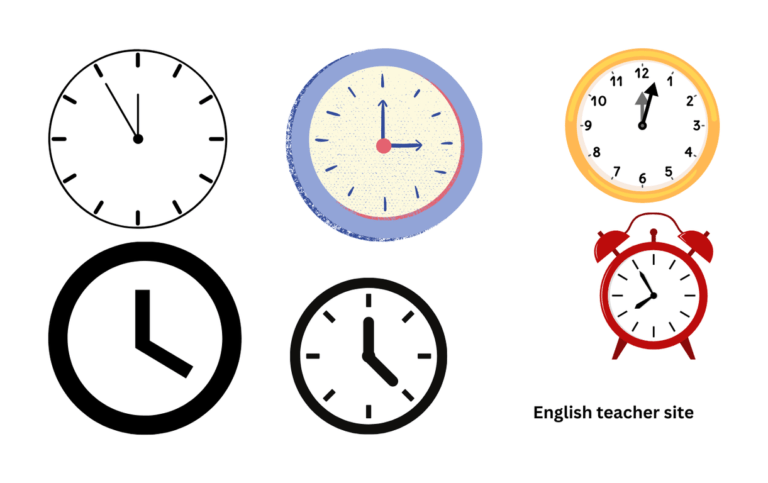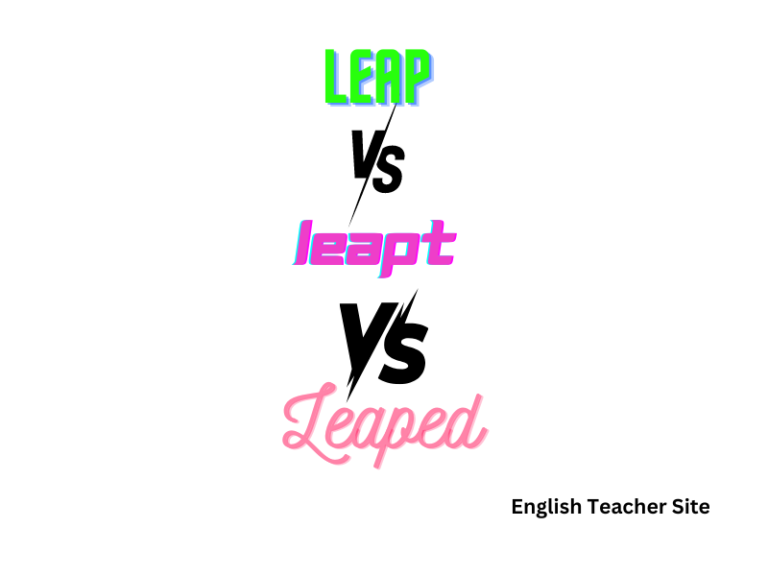“Auxiliary Verbs: Mastering Main & Modal”

- Acronyms simplify communication and are pronounced as words.
- They differ from initialisms, which are spoken as separate letters.
- Correct use of acronyms enhances understanding in various fields.
While acronyms and initialisms are often used interchangeably, there’s a distinct difference. Initialisms are also composed of the first letters of a series of words, but unlike acronyms, they are pronounced as individual letters. Recognizing and using acronyms correctly aids in reading comprehension and efficient verbal and written communication.
Understanding Auxiliary Verbs
Auxiliary verbs are vital components in the construction of complex tenses, voices, and moods in English grammar. They work alongside main verbs to give further meaning concerning time, ability, obligation, or possibility.
Identifying Main Auxiliary Verbs
The English language features three main auxiliary verbs: “to be,” “to have,” and “to do.” Each of these verbs can change form depending on the tense and subject. Below are two tables that break down the primary auxiliaries and their forms.
Table 1: Forms of “to be”
| Singular | Plural |
|---|---|
| am | are |
| is | are |
| was | were |
| has been | have been |
| will be | will be |
Italicized examples of “to be”:
- She is running.
- They were chosen.
Table 2: Forms of “to have”
| Singular | Plural |
|---|---|
| has | have |
| has had | have had |
| will have | will have |
Bullet points for “to have”:
- She has finished her work.
- They have had their chances.
Table 3: Forms of “to do”
| Singular | Plural |
|---|---|
| does | do |
| did | did |
| will do | will do |
Examples for “to do”:
- He does not want to go.
- They did complete the assignment.
Auxiliary verbs do not operate in isolation; they are necessary for forming questions, negative sentences, emphatic statements, and short answers. For instance, in asking a question, one might invert the auxiliary verb with the subject: “Is she coming?” In negating a statement, one would insert “not” after the auxiliary: “She has not arrived.” They’re also used in contractions, like “he’s” for “he is” or “he has,” depending on the context.
Their use enables precise control over the expression of time, modality, and voice in both writing and speech.
Using Auxiliary/Helping Verbs
They are utilized to form questions, negatives, and to convey different aspects and modality.
Incorporating Auxiliary Verbs in Perfect Tenses
The perfect tenses in English – past perfect, present perfect, and future perfect – require the use of auxiliary verbs “have” and “has” to indicate actions that are completed at the time of speaking or at a certain point in the past or future.
Examples:
- Present Perfect: “She has finished her work.”
- Past Perfect: “He had left before you arrived.”
- Future Perfect: “They will have completed the project by tomorrow.”
Constructing Perfect Tenses
To build each of the perfect tenses, a specific structure must be followed:
| Tense | Structure | Example Sentence |
|---|---|---|
| Present Perfect | have/has + past participle | “She has eaten dinner.” |
| Past Perfect | had + past participle | “He had gone by noon.” |
| Future Perfect | will have + past participle | “They will have arrived by 9 AM.” |
Utilization of Auxiliary Verbs in Questions and Negatives
Auxiliary verbs are also required to formulate questions and negative statements in perfect tenses:
- Questions: Change the order of the subject and the auxiliary verb.
- “Has she finished her work?”
- Negatives: Add “not” after the auxiliary verb.
- “He had not left before you arrived.”
Exploring Modal Auxiliary Verbs
In the English language, modal auxiliary verbs are vital components that express necessity, possibility, permission, and other modes relating to the main verbs. They are distinctly different from standard auxiliary verbs in that they convey attitudes or moods.
Common Modal Auxiliary Verbs:
- can
- could
- may
- might
- shall
- should
- will
- would
- must
- ought to
Modal auxiliary verbs always accompany the base form of another verb, shaping its meaning. Here’s how they connect:
| Modal Auxiliaries | Example Usage |
|---|---|
| can | He can swim. |
| could | She could see a doctor. |
| may | You may leave now. |
| might | They might come later. |
| shall | Shall we dance? |
These verbs typically do not change to show past tense or plurality, meaning their forms remain constant regardless of the sentence’s subject.
It is crucial to only pair modal auxiliary verbs with the base form of verbs and not their infinitive forms or gerunds. Misuse can lead to grammatical errors.
| Correct Usage | Incorrect Usage |
|---|---|
| He can swim. | He can to swim. |
| She could see a doctor. | She could seeing a doctor. |
Source
1. Harper, Douglas. “Etymology of perfect.” Online Etymology Dictionary, https://www.etymonline.com/word/perfect.
My name is Khamis Maiouf. I am the creator of the English Teacher Site, dedicated to providing valuable resources and insights for students around the world. With a passion for education and a commitment to helping students enhance their skills, I aim to make English teaching more effective and enjoyable for both educators and students.






